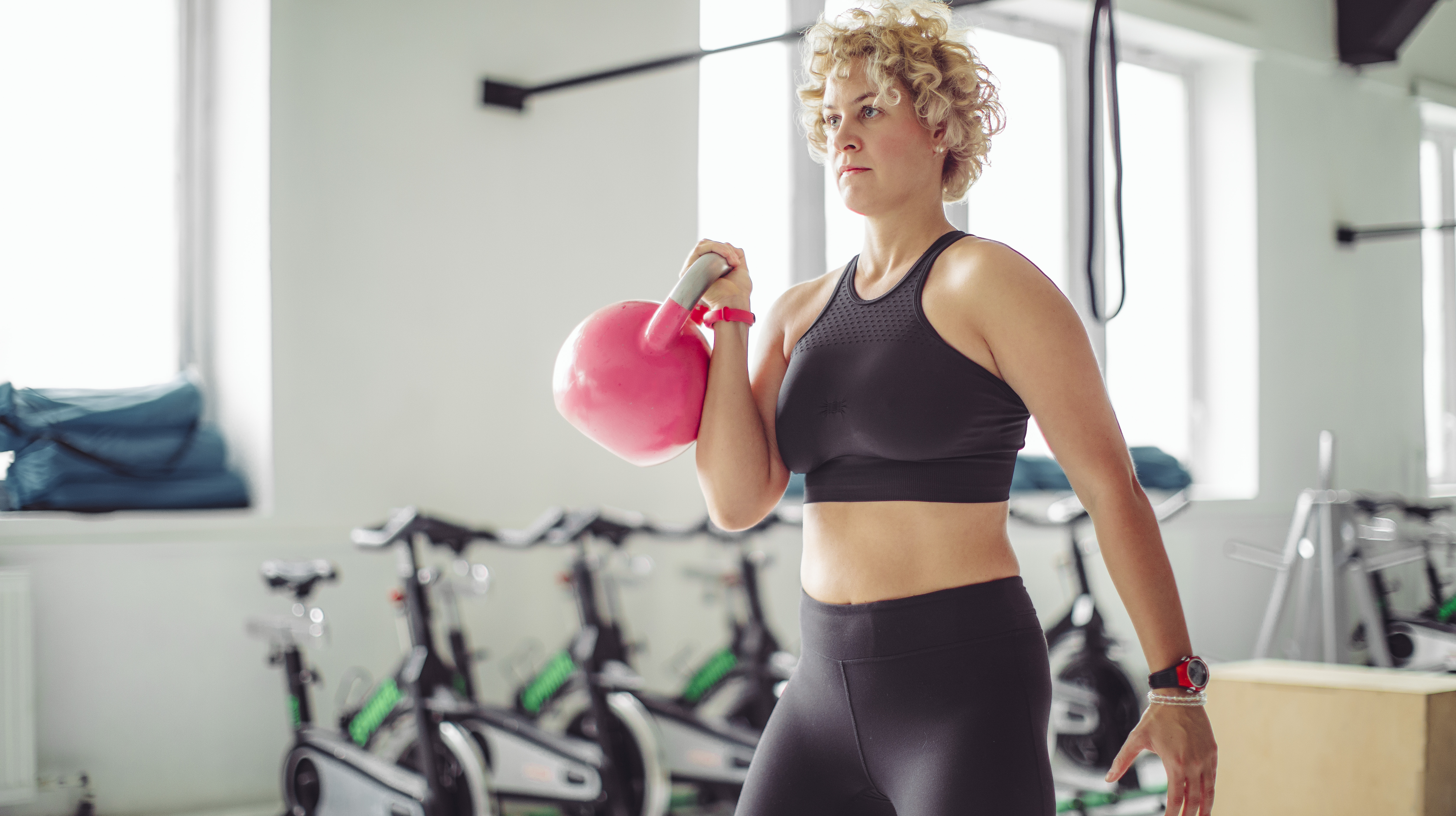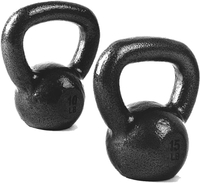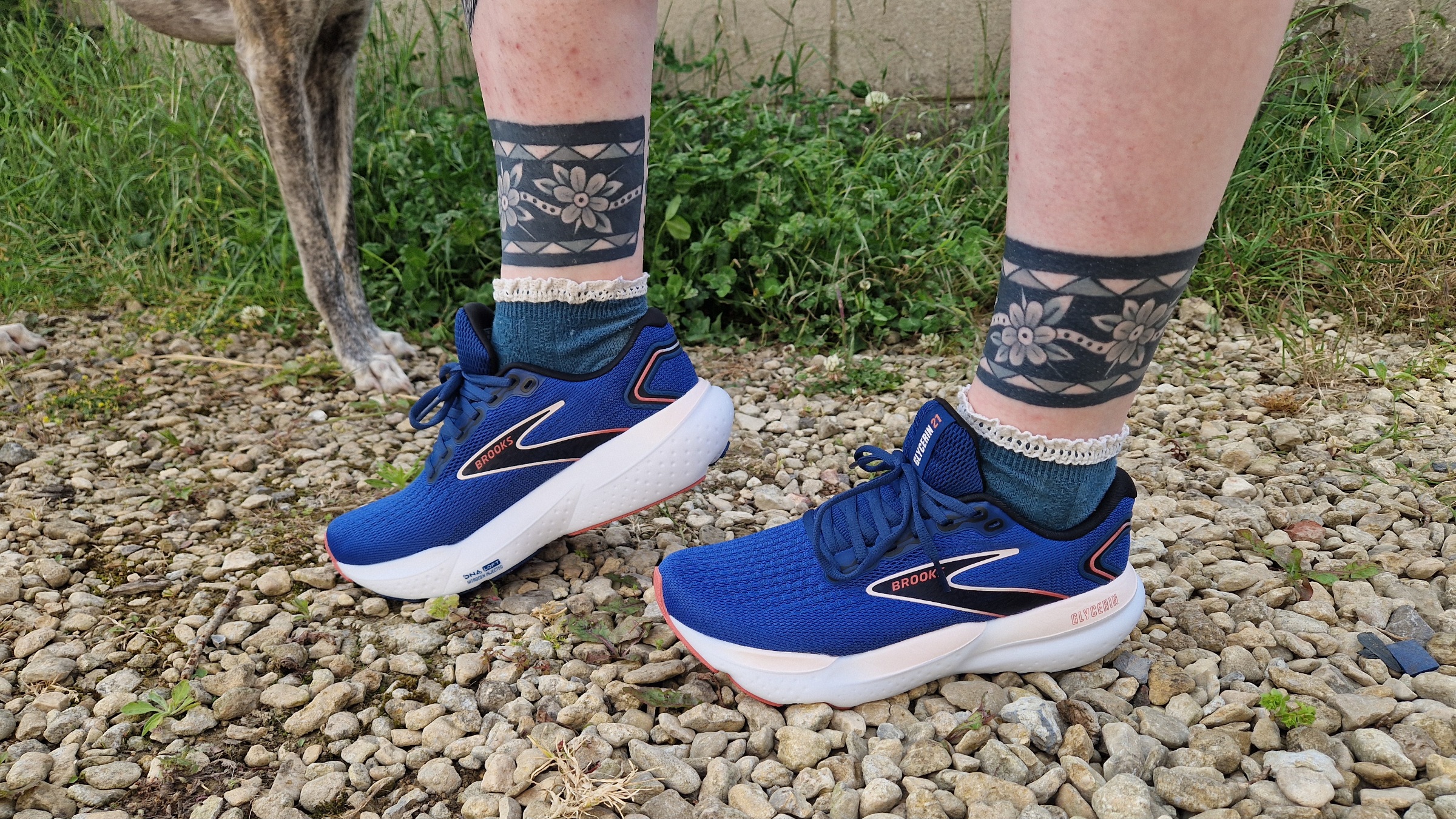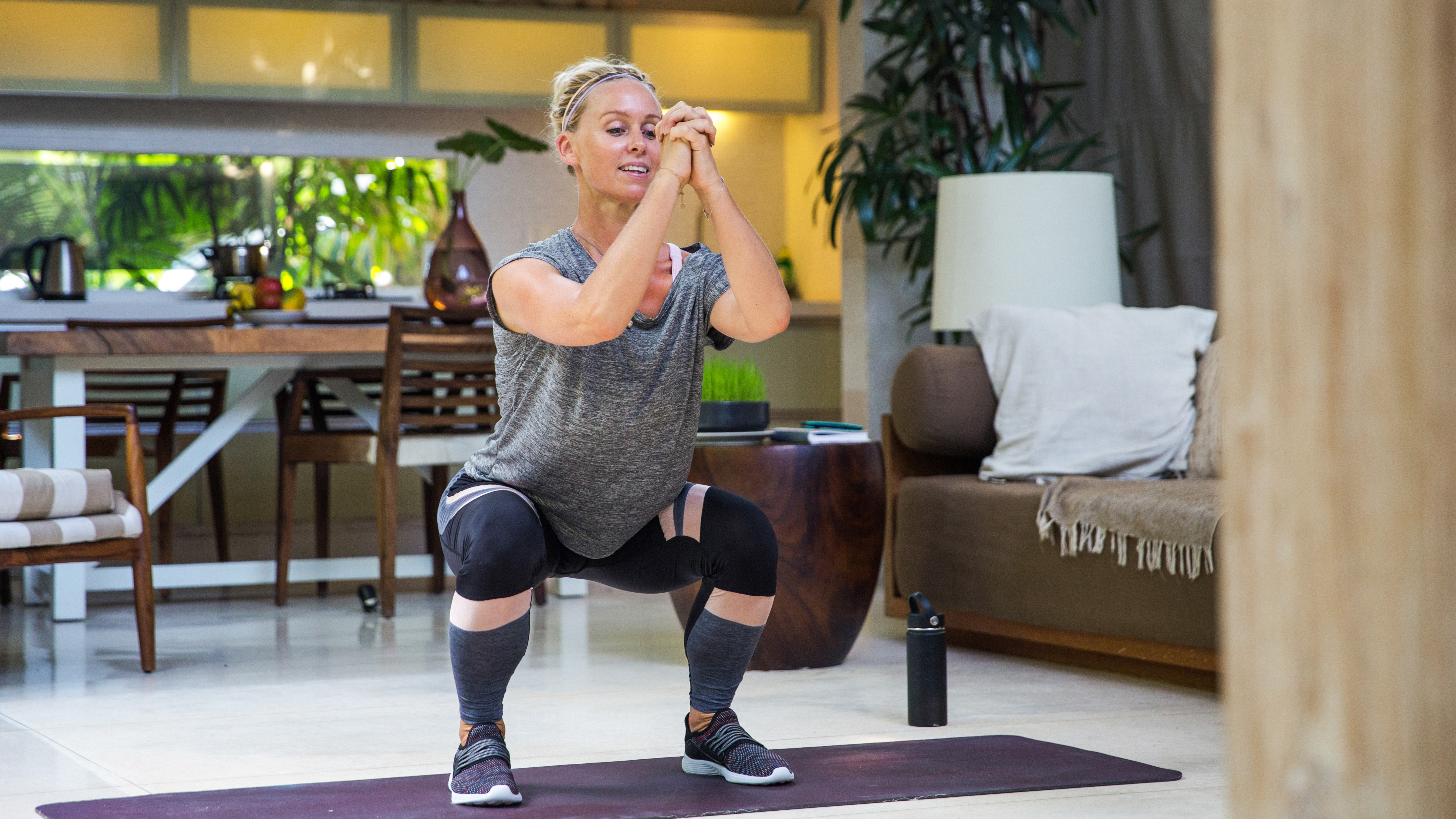The four exercises a physical therapist recommends to help you build deep core strength and relieve back pain
Swap sit-ups and crunches for these functional movements.

If you’re a slave to sit-ups and crunches but don’t feel like your core strength is improving, that's because you're not targeting the deep core muscles.
The core consists of several layers of muscles. Sit-ups and crunches are great for targeting the rectus abdominis on the front of the stomach but they don’t recruit the deeper muscles within the core, like the transverse abdominis which wraps around your trunk.
According to physical therapist Dr. Michelle Gaubert, you can activate these deeper muscles with a few simple exercises.
"Unlike lying exercises, which isolate specific muscles, standing exercises engage the entire kinetic chain [all muscles involved in a movement], requiring the full core to stabilize the spine while supporting movement in multiple planes," Dr. Gaubert says.
How to do Dr. Michelle Gaubert's deep core workout
A post shared by Dr. Michelle Gaubert, PT, DPT | Holistic Pain Solutions (@drmichellegaubert)
A photo posted by on
All you need to do this workout is a pair of kettlebells. Complete 10 repetitions of each exercise below, on both sides of the body where applicable, for two to three rounds. While many of these exercises are similar, they target slightly different muscles, so the routine will work your entire core.
- Suitcase squat
- Weighted kettlebell march
- Single-side weighted kettlebell march
- Shoulder weighted kettlebell march
- Overhead weighted kettlebell march
These versatile weights are great for strength training and necessary for classic moves like the kettlebell swing. There is currently a small discount on this already reasonably priced 25lb set from Cap Barbell.
The benefits of standing core workouts
"This workout improves functional strength, balance, and coordination, which translates to daily tasks and athletic performance," says Dr. Gaubert.
Adding weights to your core workouts also makes it easier to track your progress, as you can simply increase the load when a move has become easy. This is known as progressive overload and it’s important for building strength.
Get the Fit&Well Newsletter
Start your week with achievable workout ideas, health tips and wellbeing advice in your inbox.
"Adding a weight like a kettlebell increases the challenge by creating an external load that shifts your center of gravity," Dr. Gaubert explains, adding: "The core muscles must work harder to counterbalance the weight, enhancing their stability and control."
You can use any type of weight to increase the resistance of your workouts, but Dr. Gaubert says kettlebells are well suited to core workouts.
Unlike dumbbells, which have an evenly distributed weight, a kettlebell's center of mass isn't in the palm of your hand when you hold it. This makes you feel more wobbly, so your core muscles work harder to keep you upright.
"A kettlebell's off-center design amplifies the need for stabilization," says Dr. Gaubert. "This design promotes engagement of deep core muscles like the transverse abdominis and the multifidus [spinal muscle], which are essential for maintaining a strong and pain-free spine.”
Alice Porter is a freelance journalist covering lifestyle topics including health, fitness and wellness. She is particularly interested in women's health, strength training and fitness trends and writes for publications including Stylist Magazine, Refinery29, The Independent and Glamour Magazine. Like many other people, Alice's personal interest in combining HIIT training with strength work quickly turned into a CrossFit obsession and she trains at a box in south London. When she's not throwing weights around or attempting handstand push-ups, you can probably find her on long walks in nature, buried in a book or hopping on a flight to just about anywhere it will take her.


